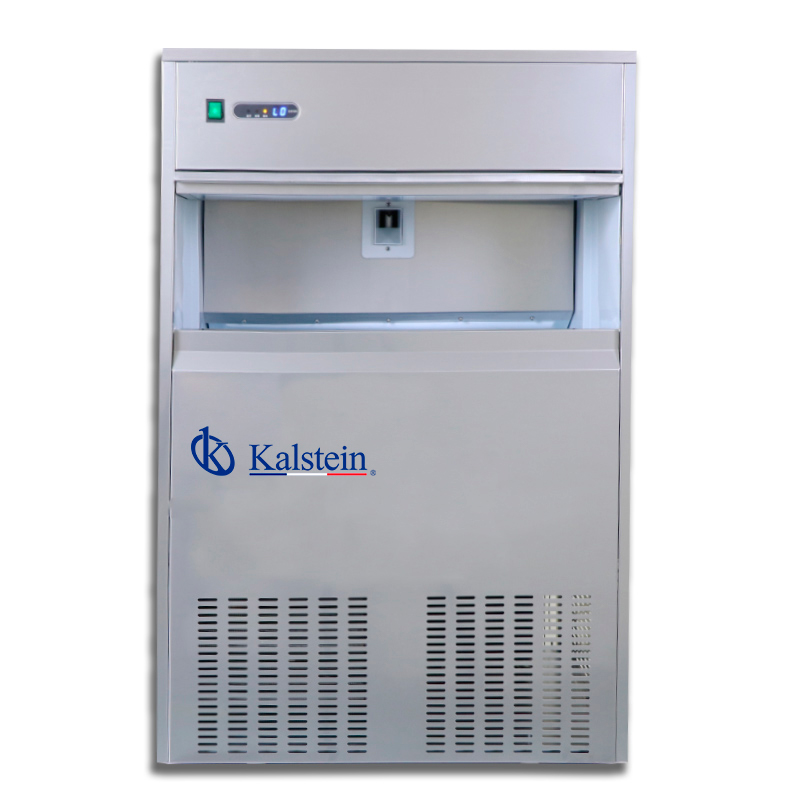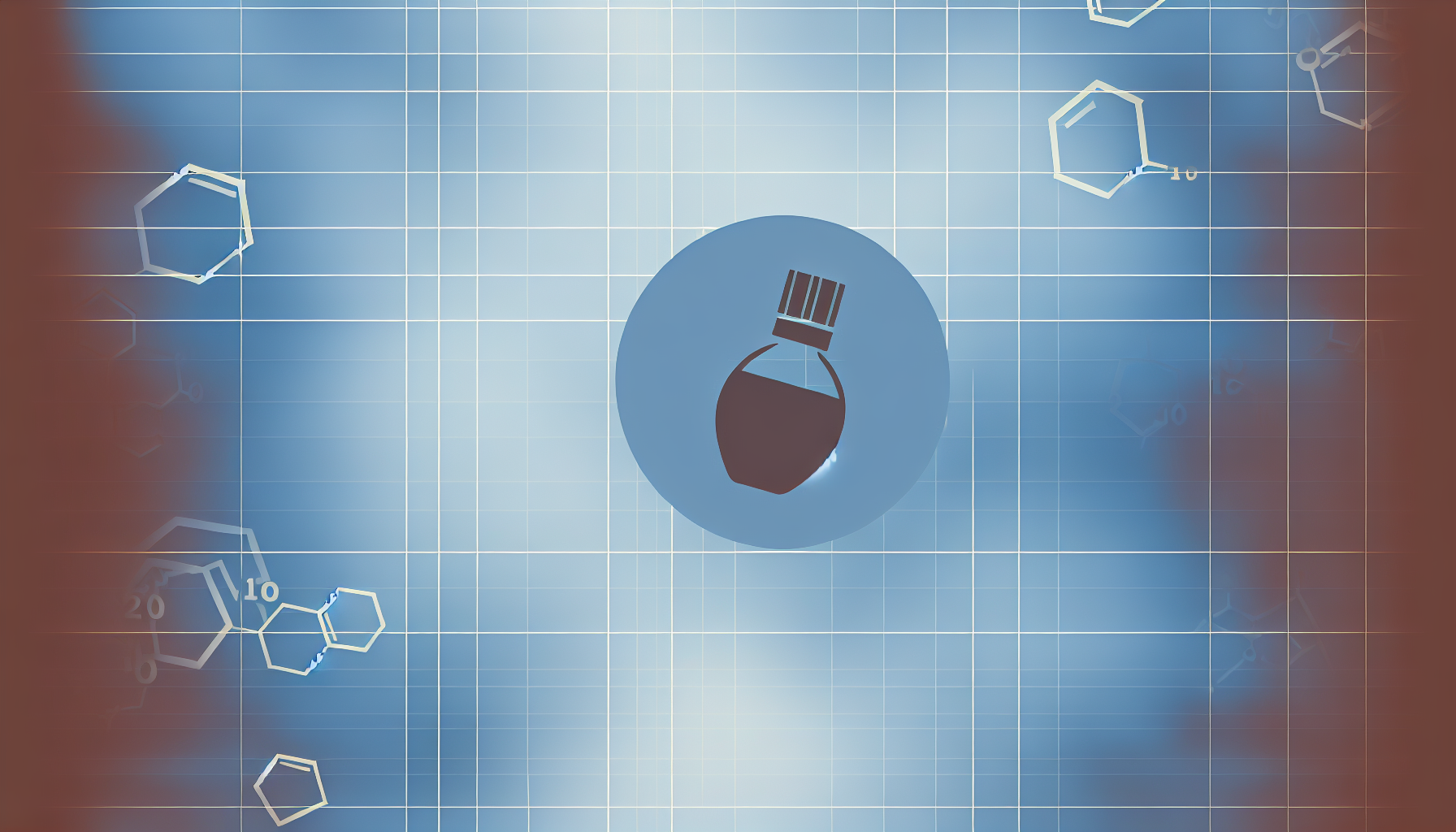Cryotherapy is a method of treatment that has flourished in recent decades for the treatment of certain aesthetic and medical conditions, and when used correctly, can solve many ailments, such as those received in an trauma room. Therefore, the use of ice in cryotherapy is not an alternative medicine based on empirical assumptions.
Although this technique has its roots in the past and in tradition, researchers and doctors have increasingly perfected it over the years into a full-fledged healing therapy. Although medicine has advanced a lot, current cryotherapy has retained, in some aspects, the basic concepts: the cold, understood in antiquity as a means to relieve the simplest ailments:
- Fever
- Contusions
- Muscle trauma
How does applying ice reduce the pain of an injury?
The immediate phase after soft-tissue injury or trauma is characterized by the acute inflammatory reaction, with typical clinical features of redness, warming, pain, and swelling. In that sense, the application of ice after trauma and disorders of the musculoskeletal system can be understood, in a way, as the simplest form of cold therapy.
The use of ice in contusions and musculoskeletal trauma, in fact, helps to reduce the perception of pain, thanks to the analgesic effect (although temporary) of cold in the treated area. This case is often present in the treatment of athletes with acute injuries. In this margin situation, cold-induced analgesia appears to act through several mechanisms:
- Decreased sensitivity of receptors
- Nerve conduction velocity slowing
- Reduction of muscle spasticity
- As an opposite stimulus to pain
Studies have shown that cooling the skin temperature to 10-13 degrees Celsius has a local analgesic effect and reduces nerve conduction velocity by up to 30%. Studies support clinical results, which repeatedly confirm that skin temperature falls below 13 degrees Celsius after 5 to 15 minutes of ice cooling.
Can cryotherapy help muscle recovery?
Some studies suggest that ankle cooling causes increased excitability of the soleus muscle by measuring the H reflex. Very similar results have been obtained with knee cooling. A 20-minute ice pack significantly increases the central activation rate of the quadriceps muscle up to 25 minutes compared with a group not receiving such care.
Similarly, in animal studies of acute injuries with artificially created joint effusion, cooling has been found to significantly increase the H reflex, muscle fiber conduction velocity, and maximum torque, strength, and muscle activity compared to an untreated control group. These results are encouraging and demonstrate the efficacy of cryotherapy for some of the negative neuromuscular sequelae of joint injuries.
What is the field of ice application in sports physiotherapy?
After an injury, one of the most important goals of sports physical therapy is to restore function fully and return to the state before the injury. In clinical practice, cryotherapy supports the achievement of this goal. It enables painless movement and promotes normal muscle activation patterns. This is because, due to pain and inhibition of reflexes, the lesions significantly alter the pattern of muscle recruitment.
Ice applications in the rehabilitation phase, usefully incorporate local cooling to functional rehabilitation. For example, after an external ligament injury, an ice pack over the affected area may make people feel safer for simple functional activities, such as active movements and weight changes while walking. Ice applications do not promote movements that affect injured tissue. Ice favors quality of movement and pattern formation.
Why is ice important in trauma units?
Ice therapy on an area affected by an injury provides a quick way to relieve pain and prevent the area from swelling too much, at least until the injured person is treated. In some cases, use of cold should be combined with elastic bands (compression and elastic bandage) to compress the injured area, thus speeding healing time. For this reason, it is very important to have an ice source in an orthopedic unit, as it can apply a non-invasive, fast and very low-cost therapy in the affected area of the patient. To summarize, ice therapy is used to:
- Relieve swelling: The antiedematous effect is related to induced vasoconstriction, which prevents blood from flowing to tissues.
- Loosen muscles because they relax when touched with a cold source (thus, it has an antispasmodic and myorelaxant action).
Why buy an ice maker from Kalstein?
With an ice maker from the manufacturer Kalstein, the trauma unit will always have ice available. The equipment of this class, shown in the link HERE, are designed to produce up to 85 kg of ice per day and store up to 25 kg, in a system that is compact and easy to use; it can also be noted that they are built in stainless steel and with high efficiency compressors, which together with their excellent thermal insulation, has a durable equipment. The manufacturer Kalstein, on its homepage HERE has other tools to buy, consult price or review more technical details.




